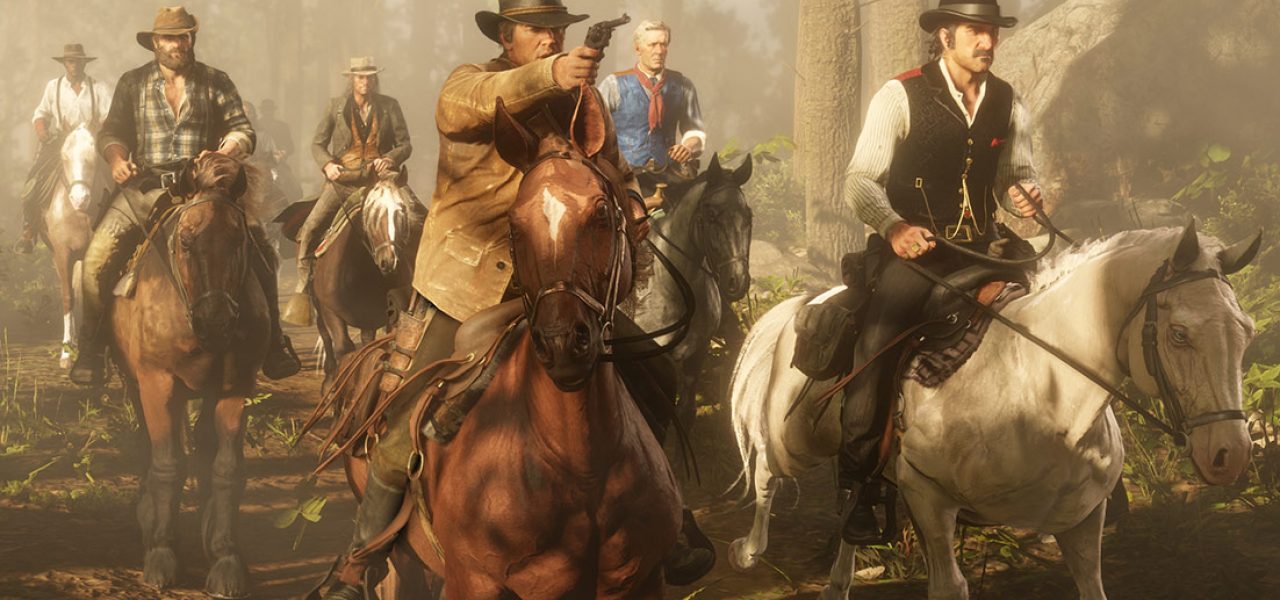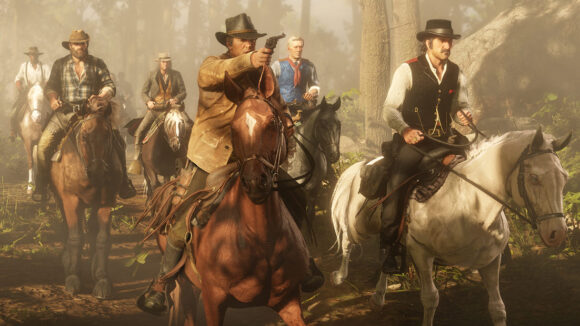

An Analysis Of Animation Systems In Red Dead Redemption 2
For all that has been written and said about Red Dead Redemption 2, the new blockbuster video game from Rockstar Games, there’s been surprisingly little discussion about the technical craft of its animation.
In this video analysis of the game’s animation systems, veteran game animator Dan Lowe (currently at EA’s Motive Studios in Montreal) does a deep dive into the mechanics of the animation and sheds light on the creative choices made by its designers. For example:
“We could probably do 100% realistic animation in games if we weren’t fighting player’s expectations for response. Typically, a character in most shooter games is going to go from zero to 4.5 meters a second within about 10 frames or something like that. It’s very, very fast the degree to which a character can accelerate or decelerate, really beyond what a human would be able to do. Over the years, that’s what games have done, and because of that players have gotten used to that and now it feels very sluggish when you have a more realistic movement model. The fact that Rockstar has gone for this realistic movement model means that they can have very high quality animation; it just comes at the expense of game feel.”
Lowe’s video contains a lot of highly technical observations that will be beyond the understanding of most people not working in games animation, but anyone interested in game animation or simply wanting greater insight into the game they’re playing, should take away useful insights from the video.
It’s particularly eye-opening to hear Lowe speak about the complex marriage of animation craft and programming that’s required to produce a game like Red Dead 2. Even though it’s obvious that game animation is vastly different from non-interactive theatrical/tv animation, a detailed breakdown such as this one brings new clarity to those differences.

